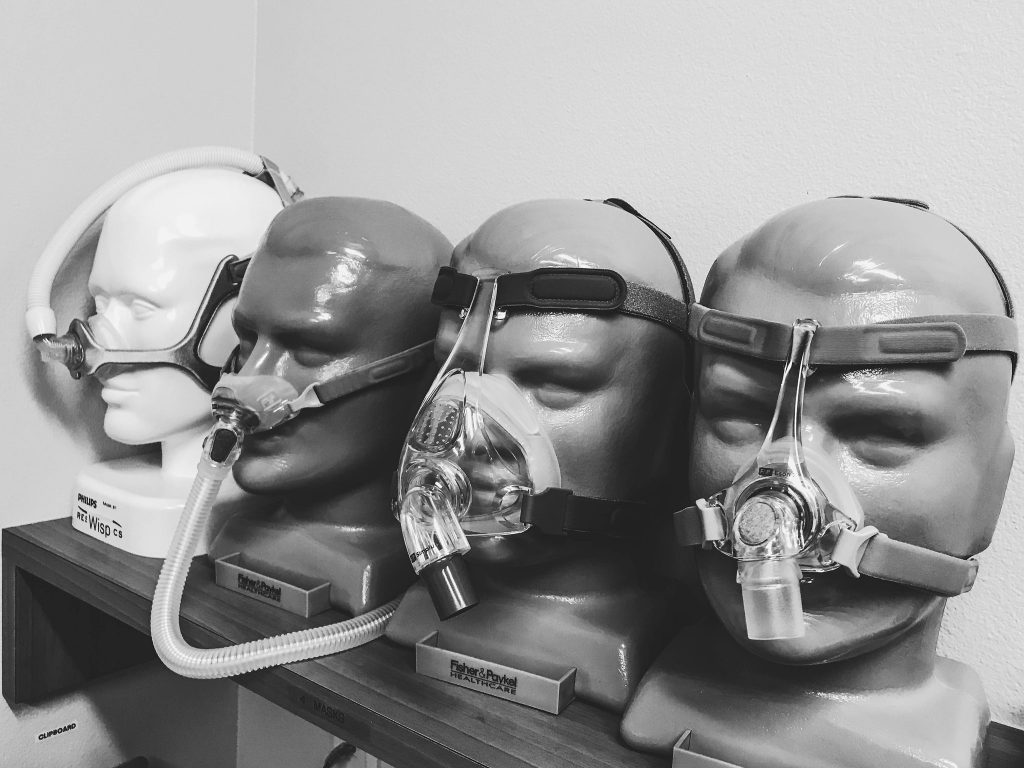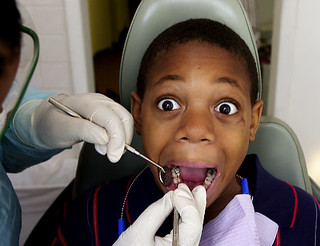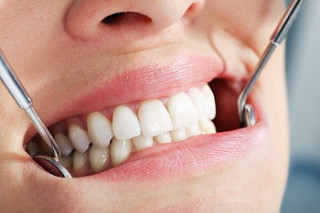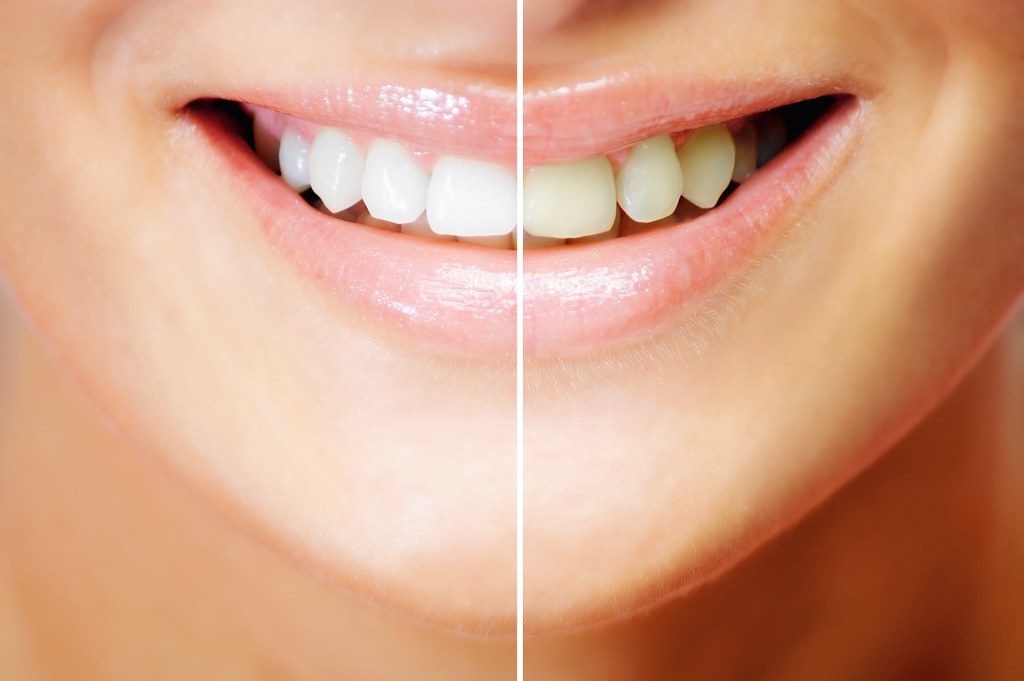
Last week I introduced Part 1 of “Breathing is Important”. For this week’s column to make the most sense, I would encourage you to read that column first. It can be found at www.thetowncommon.com.
In case you don’t have a chance to read it, here is a brief recap: I have been involved in treating patients with sleep apnea for a few years. These are patients who have been diagnosed with sleep apnea by a physician, but were unable or unwilling to use a CPAP machine. The next line of defense to treat this progressive disease is a dental appliance which prevents the lower jaw from… (Read More)





